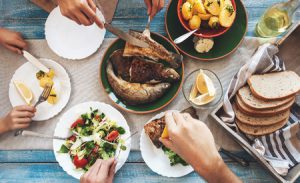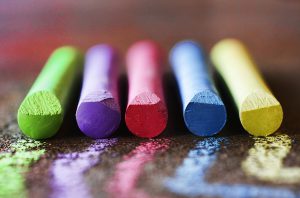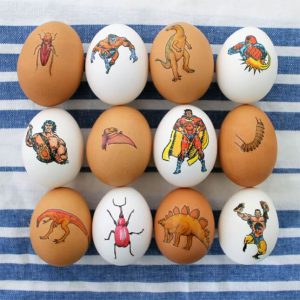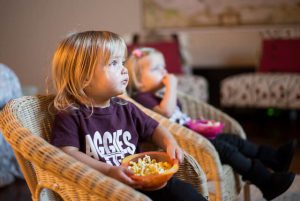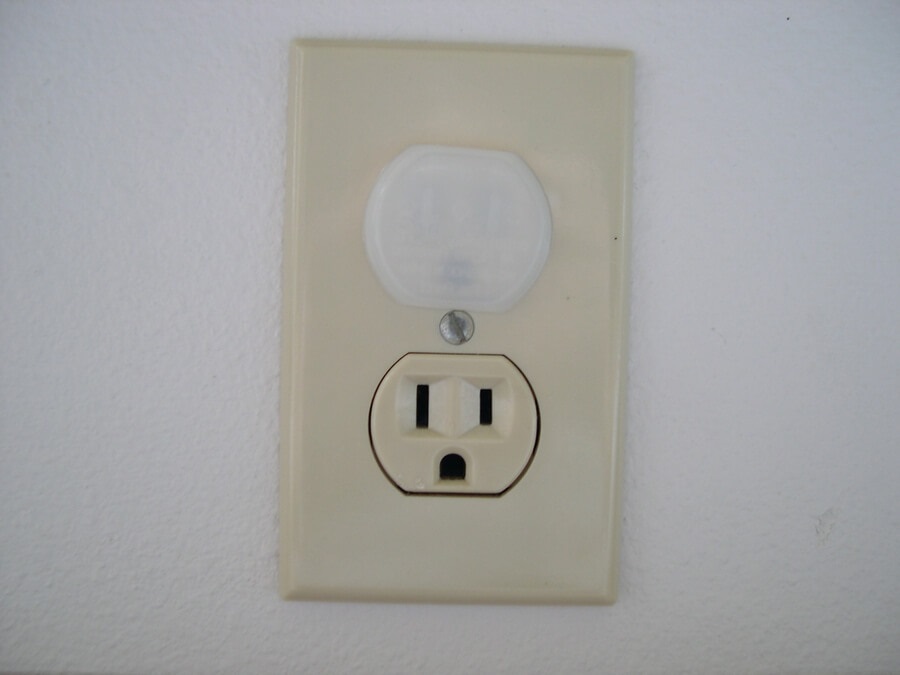
Electrical Outlets
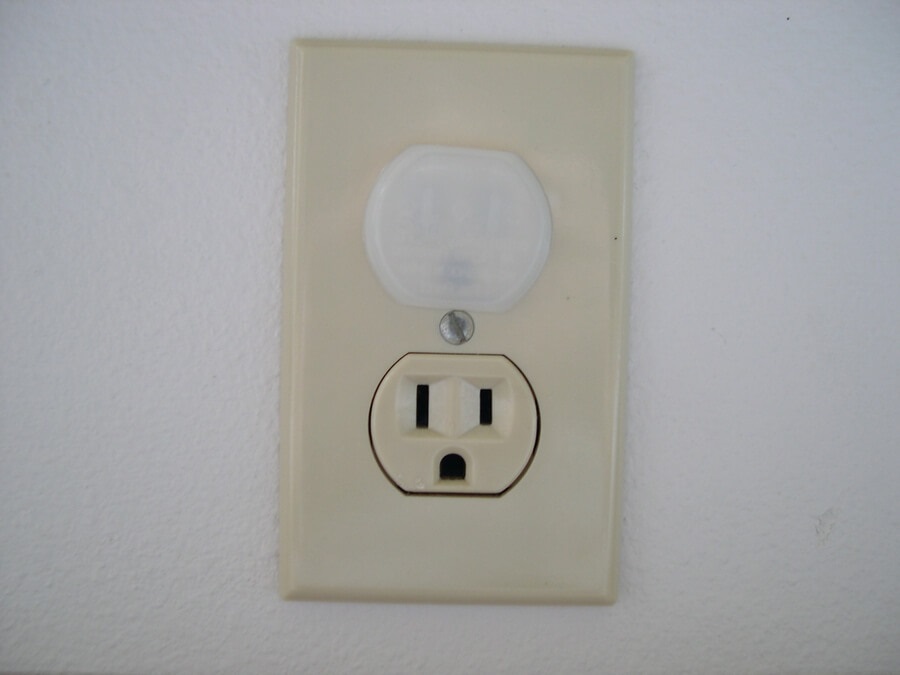
Electrical Outlets
Cover all electrical outlets with safety caps. Keep all electrical cords up and out of the way to keep your baby from pulling on, tripping over, or chewing on them, and cover all surge protectors and power strips with a protective cover to keep any plugs from being pulled out. Use wire guards on any exposed wires from computers, stereos, or other electronic equipment.
Household Cleaners
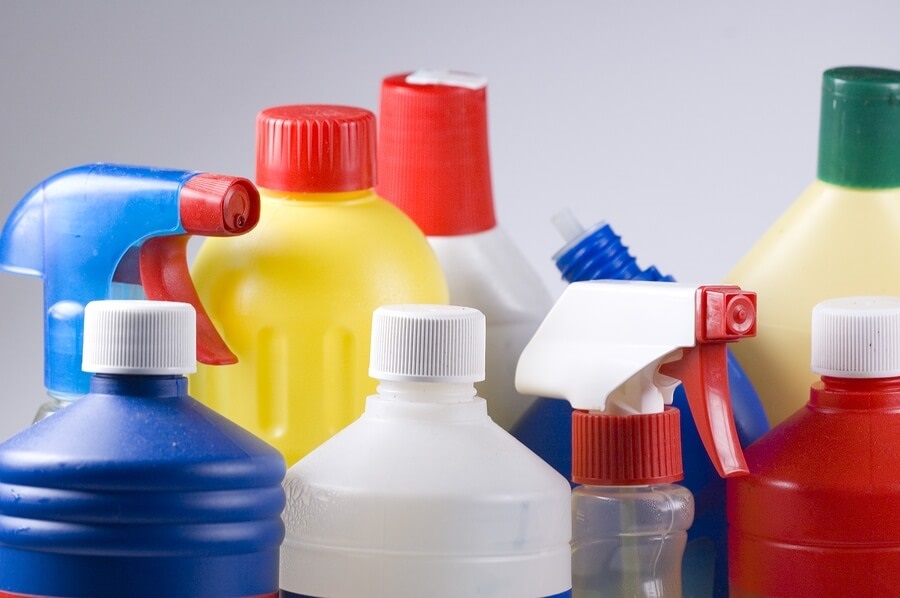
Household Cleaners
Remove all cleaners from under your sink or from floor level, and store them in an area your child can not reach or get to. If moving them isn’t possible, install a child-proof latch, and don’t use it in front of a child that may mimic your actions. Avoid storing cleaning compounds and food together, and keep everything in its original container. Food extracts such as vanilla and almond can be potentially poisonous to a child, so store these as you would any other household poison.
Do not leave any uncapped cleaner in the presence of a child, even for a brief amount of time. And remember to keep emergency numbers clearly posted by the telephone in the event your child accidentally ingests something poisonous.
Sharp Corners
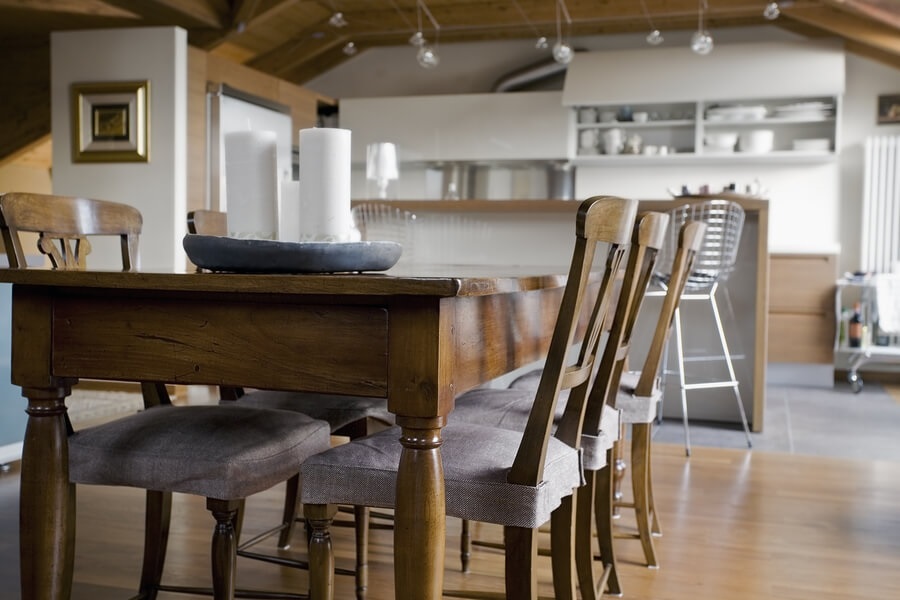
Sharp Corners
Tables have sharp corners that can cause injury if your child falls into one. Coffee tables especially pose a threat, since babies use these low surfaces to support themselves as they are learning to walk.
Install guards on all tables in your home. Some products are designed to fit on just the corners, and others are designed to wrap around the entire table. If you can’t find guards to fit a specific table, consider removing it or moving it to a room your child is never in.
Fireplace
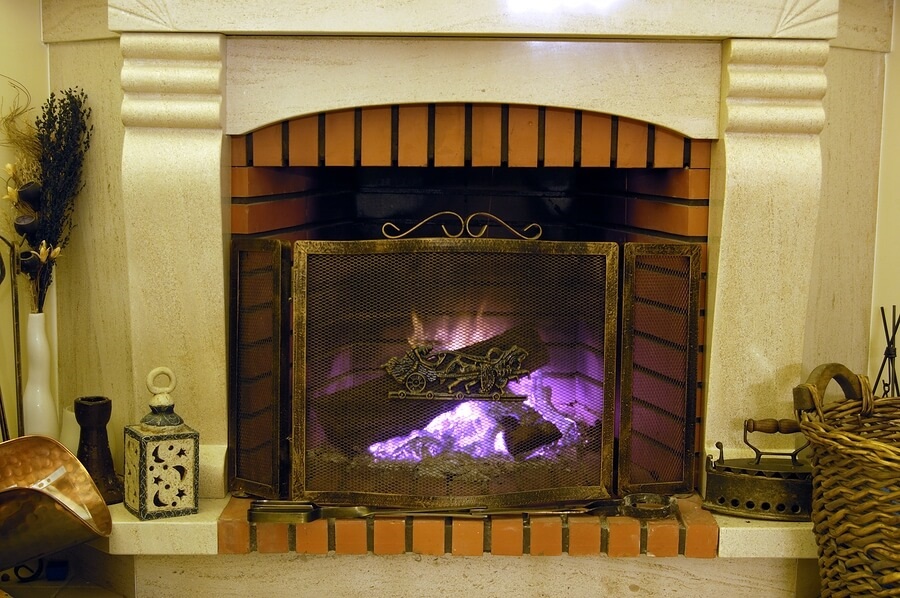
Fireplace
Pad your fireplace hearth to protect your child from any falls. Make sure your fireplace screen is secure and can’t be pulled over or knocked down. Install a heat resistant guard or glass door that will prevent your child from burning himself if he gets too close. Surrounding the fireplace with a gate is another way to keep your baby away from the hearth and fire.
Remember to also remove any tools that may have pointy or sharp edges, and keep all matches and flammable materials out of reach.
Tables and Countertops
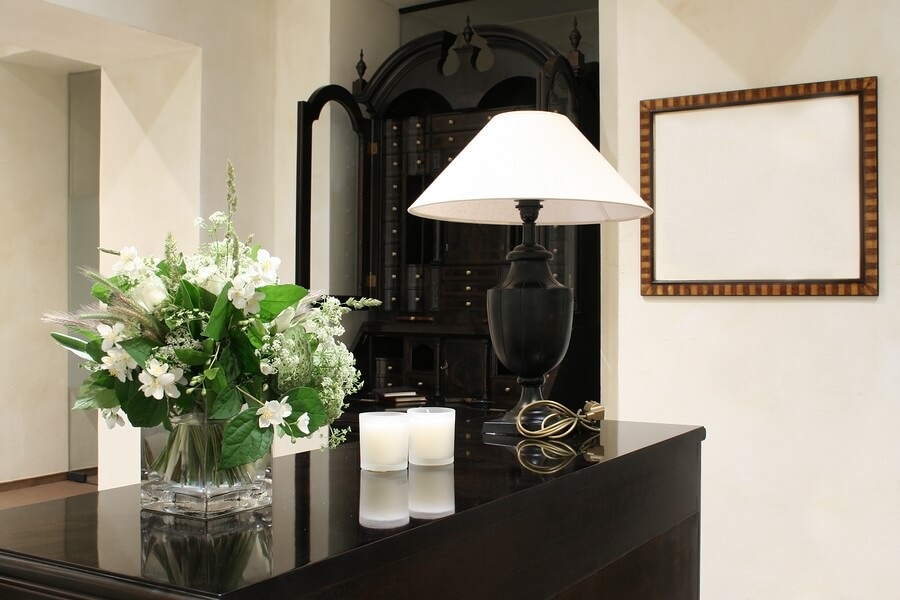
Tables and Countertops
Remove all lamps, vases, and other breakable items from your tables and countertops. Curious hands can (and will) pull these items down, potentially causing cuts, injuries, or choking. These objects should be stored in a safe place, out of reach from your child.
Hanging Cords
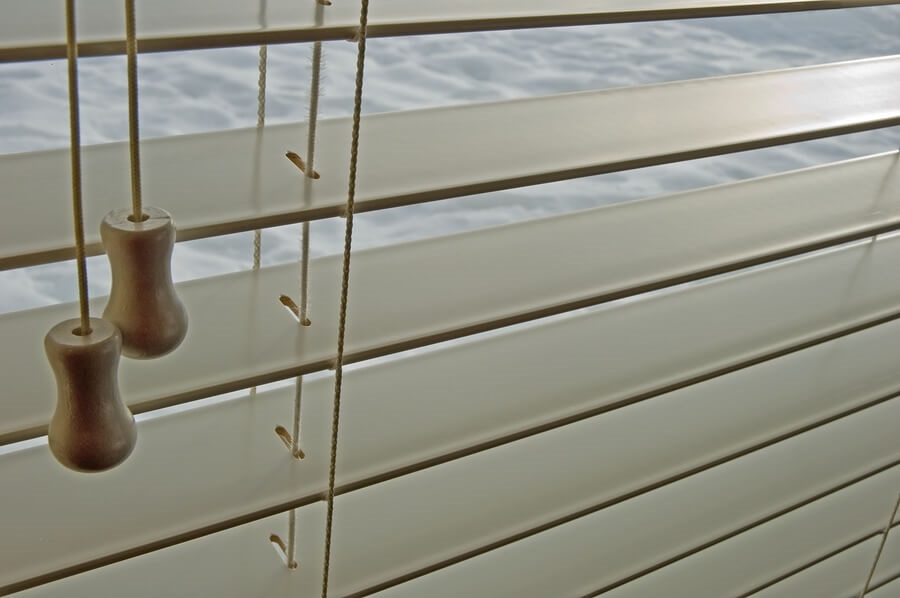
Hanging Cords
A cord can easily become wrapped around a baby’s neck, causing strangulation. Toys with a pull string should be kept away from your infant or toddler. Check all windows for blinds or shades with potentially hazardous hanging cords, and keep your baby’s crib away from any window with a cord. Cord shorteners should be purchased for any blinds or shades that have a long cord.
Also, do not hang any toys or pacifiers on strings, ribbons, cords, or loops around your baby’s neck or in his crib.
Stairs
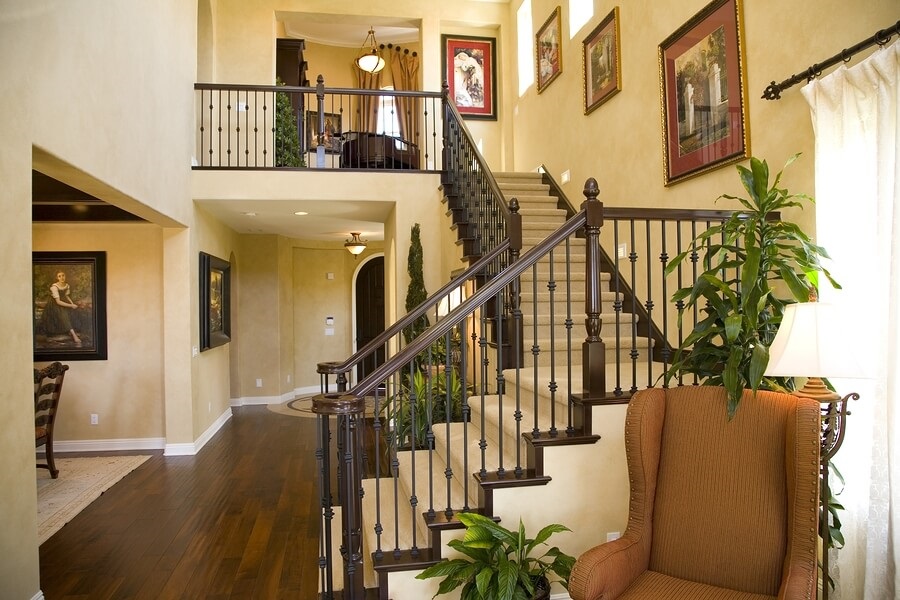
Stairs
Use safety gates at the top and bottom of all staircases in your home. For the gate installed at the top of the stairs, attach it to the wall. Do not use any gates that open like an accordion and have large openings, since a child’s head and neck can get stuck. Only use gates that close with a secure latch; do not use a gate with a pressure-type opening.
Also, keep all stairs and staircases clear of clutter and other household objects to avoid any trips or falls, and install handrails for your little one to hold onto as you supervise his first climbs up and down the stairs.
Cabinets
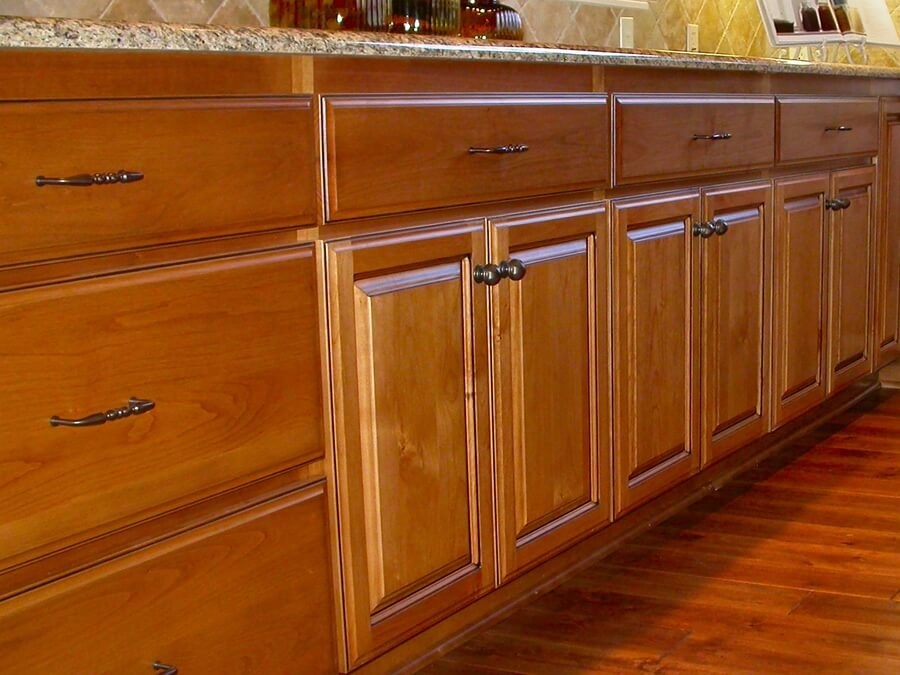
Cabinets
Install latches on the insides of all cabinets and drawers, and knob latches on any cabinet doors with knobs. Do not open cabinets in front of your child, since he will learn to mimic your movements.
If your home has a cabinet on which a latch won’t fit, empty it of any hazards such as sharp objects, small objects, and poisons, and consider storing kid-friendly objects like toys or books in it instead.
Your Baby’s Crib
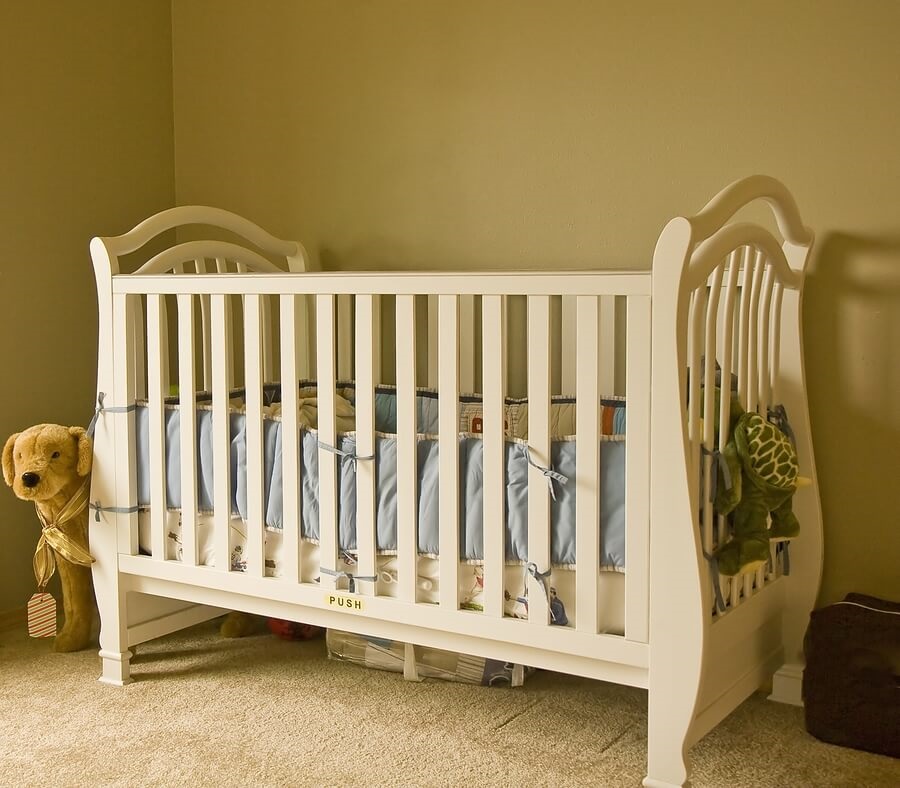
Your Baby’s Crib
The crib mattress should fit snugly in the crib to prevent any gaps your baby can fall into. Plastic sheets, pillows, and large stuffed animals can also be potential suffocation hazards, so keep them out of the crib.
To keep your baby from getting his head stuck, crib bars should not be more than 2 3/8 inches apart. All cribs manufactured after 1974 are required to meet this safety standard.
Hot Water
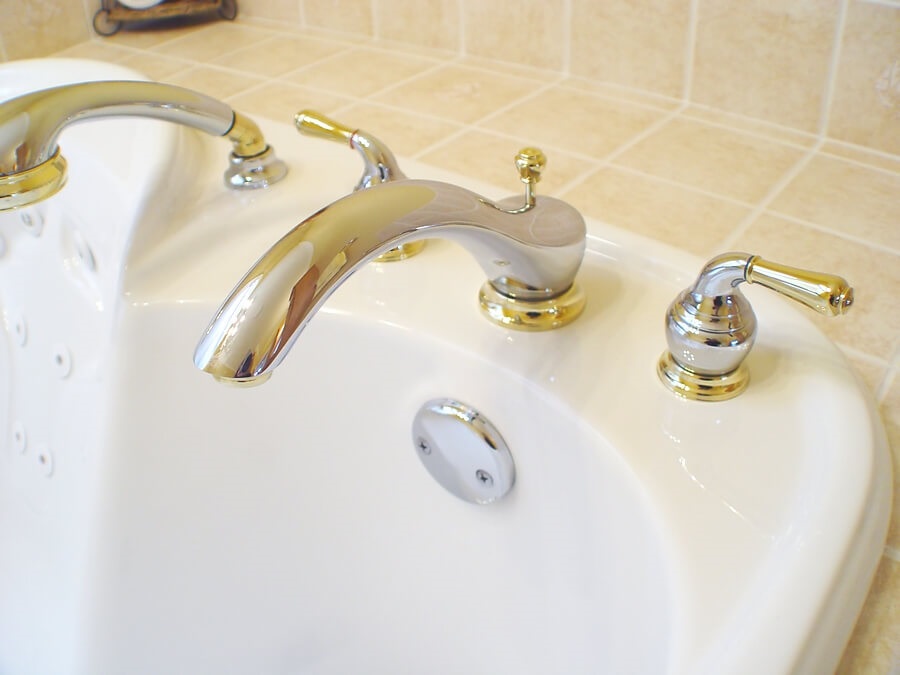
Hot Water
A baby’s skin is much more sensitive to hot water and can scald easily. The National Safety Council recommends setting your water thermostat to 120° F. Bathwater for a baby should be about 100° F, so always check your baby’s bathwater with your wrist or elbow before bathing him. A mixer faucet on the tub, sink, or shower will also help to prevent burns.
Small Objects

Small Objects
Keep your floors and tables free of small objects such as coins, rings, buttons, batteries, tacks, and deflated balloons. Small foods such as popcorn, raisins, nuts, and peas also have the potential to lodge in your child’s throat, especially if he is under the age of one. Do not let your child eat or suck on anything, such as hard candy, especially when lying down. If you are in doubt about a certain food, do not give it to him.












